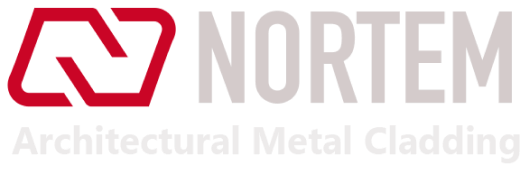The Different Types of Exterior Cladding Materials
Exterior cladding might sound like something that is barely associated with the aesthetics of a house’s exterior. However, exterior cladding does a lot more than that. It helps to protect the building from a number of things and plays a vital role in the longevity of the structure. It also largely determines how much maintenance the structure will require as it ages. Today, there are numerous choices when it comes to exterior cladding to provide beauty as well as functional benefits. Below are the different types of exterior cladding materials that are available in the market.
1. Stainless Steel Cladding
Stainless steel cladding is ranked highly for its extreme resistance to environmental impacts. A minimum of 10% chromium goes into its manufacturing. This allows it to form a coating of chromium oxide when it is exposed to oxygen in the environment. This serves as a protective layer against further corrosion.
2. Fiber Cement Cladding
Fiber cement cladding serves as a sturdier alternative to wooden claddings. They offer high strength along with the aesthetic appeal of the wooden claddings. Moreover, they are less expensive than their wooden counterparts and require almost no maintenance.
3. Brick Cladding
Brick cladding adds that aesthetically decorative, earthen look to the exterior of a building. They are expensive when it comes to the initial installation but are less expensive to maintain than many other cladding materials.
4. Wooden Cladding
Wooden cladding is known to be aesthetically pleasing and is highly rated in that regard. However, it may not be as sturdy and durable as some of the other cladding materials. Redwood and cedar are the primary wood choices when it comes to manufacturing wooden claddings units. The installation, as well as the maintenance and upkeep, are known to be quite expensive for this one.
5. Stone Cladding
Stone cladding is highly regarded for its uniquely fresh and natural look. It fits perfectly over surfaces made of steel or concrete. Stone claddings are actually lightweight simulations of stone products with a concrete type base that aids in the installation process.
6. Vinyl Cladding
Vinyl cladding is another one of the many cladding options that are out there. It is mostly used in smaller construction projects such as apartments for weather-proofing and aesthetic purposes. It may not be as good looking as wooden cladding and other cladding options, but it costs a lot less and is considered good value for money.
7. Aluminum Cladding
Compared to the vinyl cladding that is widely used in homes, aluminum cladding is a costlier option. However, aluminum exterior claddings can ensure greater durability and longer life of the claddings. This type of exterior cladding is quite low maintenance and is widely used in basements as well as on the storage walls of a building. Higher quality, treated aluminum claddings can be seen in larger projects, such as commercial buildings or structures. There are other variations of aluminum contained materials such as aluminum composite panels, known as ACM Panels in Canada. However this material have been in the commercial and industrial markets for a while, it is becoming very popular in residential market as well.
The above make up the several types of exterior claddings that are available in the market. Contrary to the popular misconception, exterior claddings provide a number of functional benefits besides adding an aesthetic appeal.

